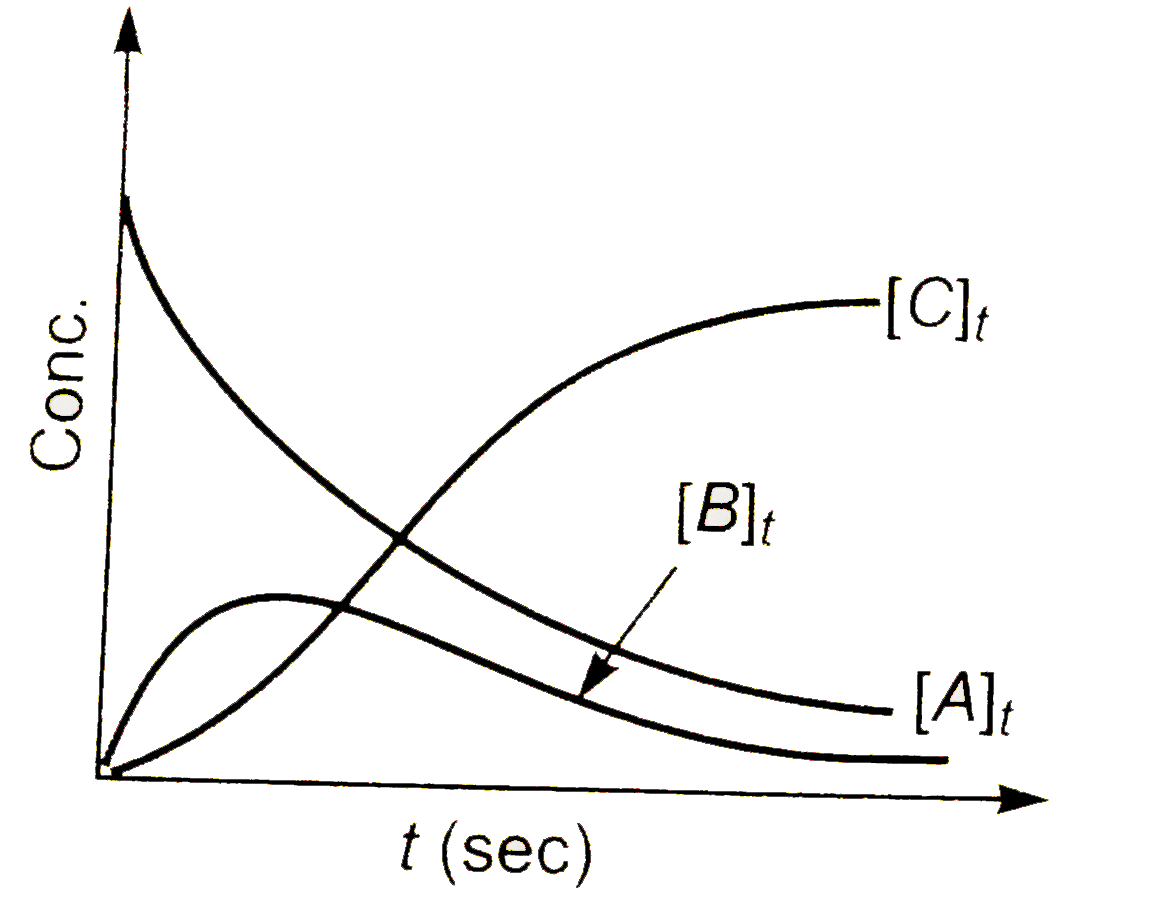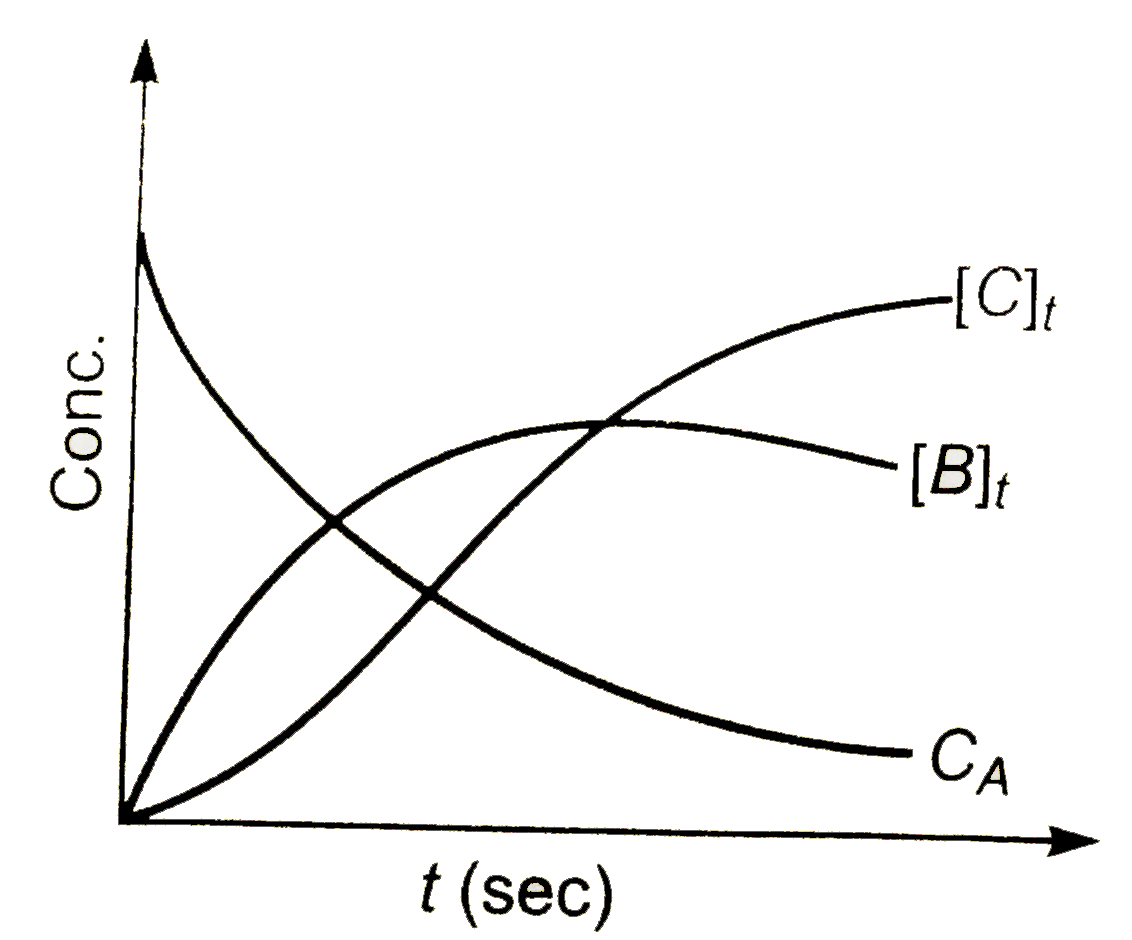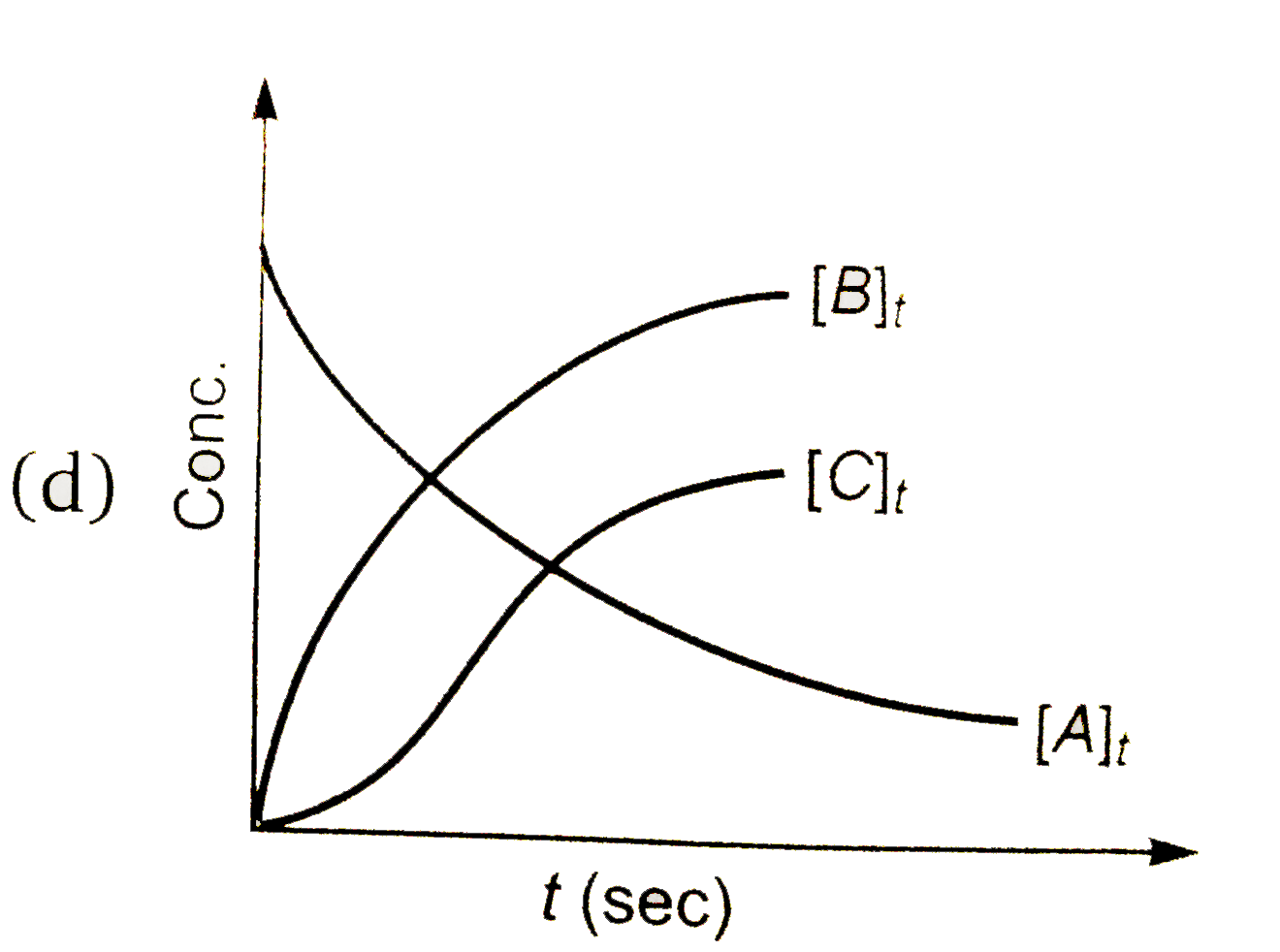A fresh radioactive mixture contians short lived sppecies A and B. Both emitting -particles intially of 8000 particles per minute. 20 minutes later, they emis at the rate of 3500 -particles per minute. If the half-lives of the species A and B are 10 minutes and 500 hours respectively, then the ratio of activities of A: B the intial mixture was: Solution in Punjabi
The correct Answer is:D
Step by step video & image solution for A fresh radioactive mixture contians short lived sppecies A and B. Both emitting alpha-particles intially of 8000 alpha particles per minute. 20 minutes later, they emis at the rate of 3500 alpha -particles per minute. If the half-lives of the species A and B are 10 minutes and 500 hours respectively, then the ratio of activities of A: B the intial mixture was: by Chemistry experts to help you in doubts & scoring excellent marks in Class 12 exams.
Updated on:21/07/2023Topper's Solved these Questions
- CHEMICAL KINETIC & NUCLEAR CHEMISTRYBOOK - NARENDRA AWASTHICHAPTER - CHEMICAL KINETIC & NUCLEAR CHEMISTRYEXERCISE - Level 2 (Q.33 To Q.35)
2 Videos
- CHEMICAL KINETIC & NUCLEAR CHEMISTRYBOOK - NARENDRA AWASTHICHAPTER - CHEMICAL KINETIC & NUCLEAR CHEMISTRYEXERCISE - Level 3 - Passage
1 Videos
- CHEMICAL KINETIC & NUCLEAR CHEMISTRYBOOK - NARENDRA AWASTHICHAPTER - CHEMICAL KINETIC & NUCLEAR CHEMISTRYEXERCISE - Level 2
1 Videos
- SURFACE CHEMISTRYBOOK - NARENDRA AWASTHICHAPTER - SURFACE CHEMISTRYEXERCISE - Level -2
1 Videos
Similar Questions
In a sample of wood, the reading of a counter is 32 dpm and in a fresh sample of tree it is 122dpm . Due to error counter gives the reading 2 dpm in absence of .14C . Half life of .14C is 5770 years .
The approximate age (in years) of wood sample is :
View SolutionTwo consecutive irreversible first order reactions can be represented by
Ak1−−→Bk2−−→C
The rate equation for A is readily interated to obtain
[A]t=[A]0.e−k1t , and [B]t=k1[A]0k2−k1[e−k1(t)−e−k2(t)]
When k1=1s−1 and k2=500s−1 , select most appropriate graph
a) b)
b) 
c) d)
d) 
View SolutionThe forward rate constant for the elementary reversible gaseous reaction
C2H6<⇒2CH3is1.57×10−3s−1at100K
What is the rate constant for the backward reaction at this temperature if 10−4 moles of CH3 and 10 moles of C2H6 are present in a 10 litre vessel at equilibrium .
a) 1.57×109Lmole−1s−1
b) 1.57×1010Lmole−1s−1
c) 1.57×1011Lmole−1s−1
d) 1.57×107Lmole−1s−1
View Solutionfor the graph below, select correct order of temperture ?

View SolutionThe disintegration rate of a certain radioactive sample at any instant is 4750 disintegrations per minute. Five minutes later the rate becomes 2700 per minute. Calculate
(a) decay constant and (b) half-life of the sample
View SolutionHalf-lives of two radioactive substances A and B are respectively 20 minutes and 40 minutes. Initially, he sample of A and B have equal number of nuclei. After 80 minutes the ratio of the remaining number of A and B nuclei is :
View SolutionThe number of alpha particles scattered at 60∘ is 100 per minute in an alpha particle scattering experiment. Calculate the number of alpha particles scattered per minute at 90∘.
View SolutionFor a given sample, the countring rate is 47.5α particle per minute. After 5 times, the count is reduced to 27α particles per minute. Find the decay constant and half life of the sample.
View SolutionA fresh radioactive mixture contians short lived sppecies A and B. Both emitting alpha -particles intially of 8000 alpha particles per minute. 20 minutes later, they emis at the rate of 3500 alpha -particles per minute. If the half-lives of the species A and B are 10 minutes and 500 hours respectively, then the ratio of activities of A: B the intial mixture was:
View SolutionIn Rutherford's α particle cexperiment with thin gold faill, 8100 scattered α-particles per unit ara per unit area per minute were observed at an anle of 60∘ . Find the number of scattered αparticles pr unit area per minut e at and angle of 120∘
View SolutionA radioactive substance of half-life 6 minutes is placed near a Geiger counter which is found to register 1024 particles per minute. How many particles per minute will it register after 42 minutes?
View SolutionA radioactive mixture contaning a short lived species A and short lived species B. both emitting alpha-"particles" at a given instant, emit at rate 10,000 alpha-"participle" per minute. 10minutes later, it emits at the rate of 7000 particles per minutes. It half lives of the species are 10minutes and 100 hours respectively, then the ratio of activities of A : B in the initial mixture was:
View SolutionHalf lives of two radioactive nuclei A and B are 10 minutes and 20 minutes, respectively. If, initially a sample has equal number of nuclei, then after 60 minutes, the ratio of decayed numbers of nuclei A and B will be:
View SolutionIn an α-particle scattering experiment , 100 particles are scattered per minute at an angle of 60∘ . Calculate the number of particles per minute scattered at an angle of 30∘
View SolutionThe activity of a radioactive substance is 4700 per minute. Five minute later the activity is 2700 per minute. Find
(a) decay constant and
(b) half-life of the radioactive substance.
View SolutionHalf lives of two radioactive nuclei A and B are 10 minutes and 20 minutes respectively, If initially a sample has equal number of nuclei, then after 60 minutes, the ratio of decayed numbers of nuclei A and B will be :
View Solution
